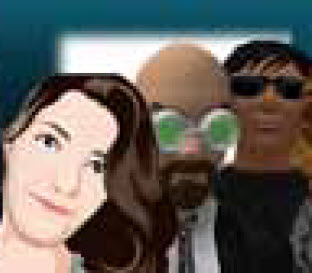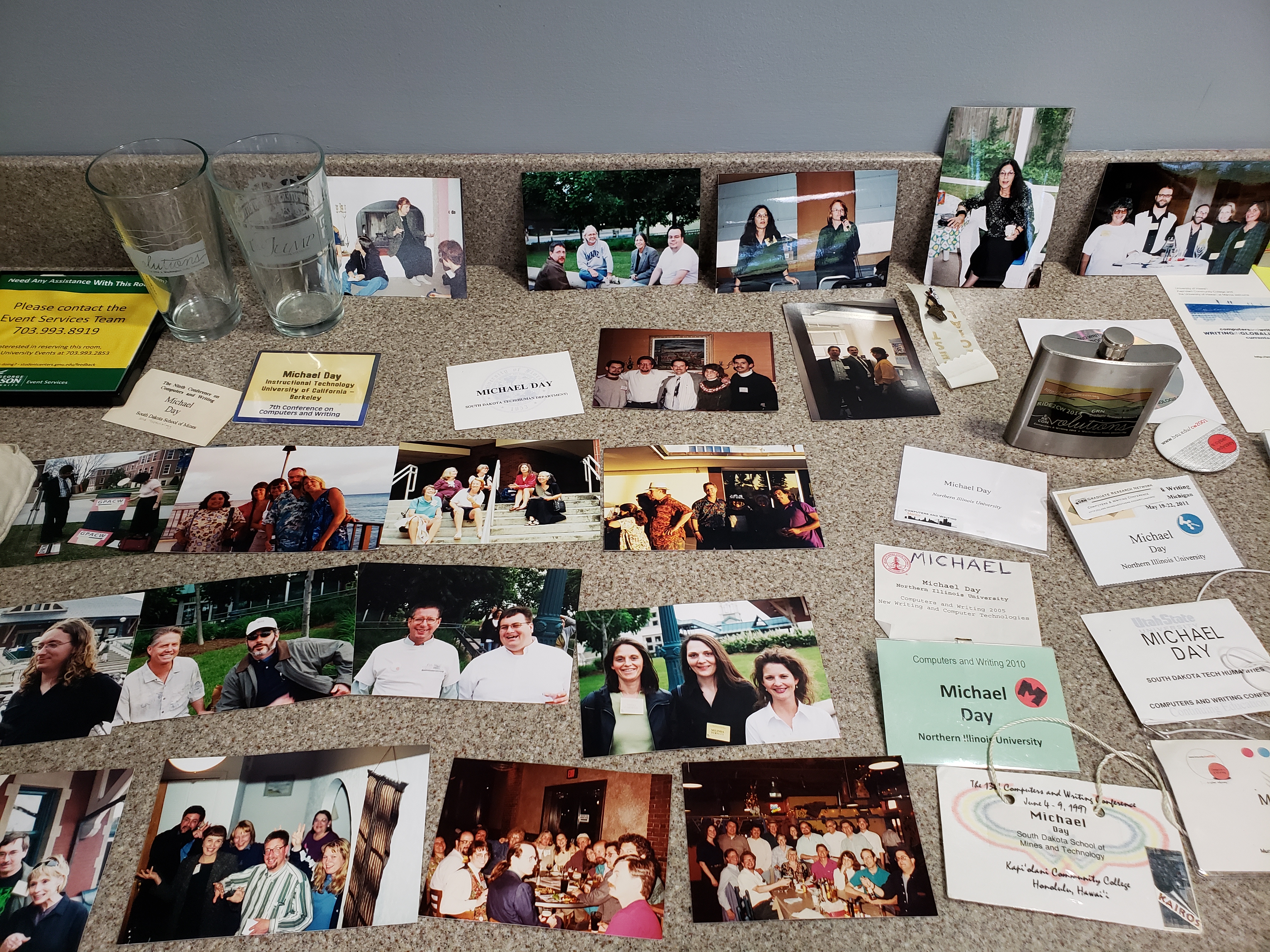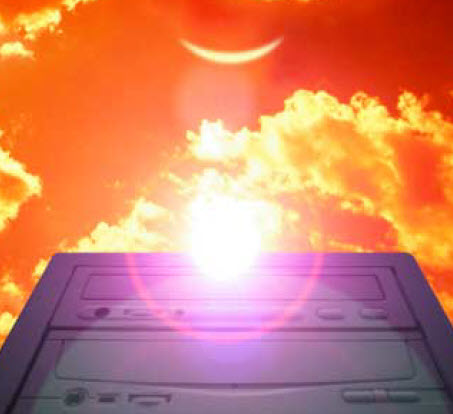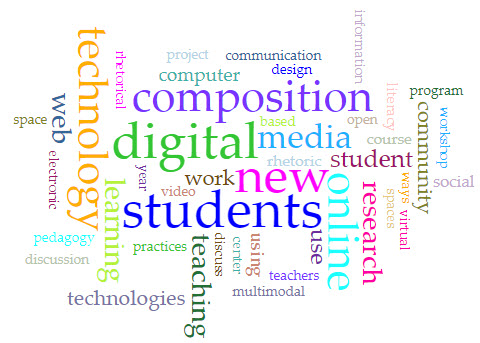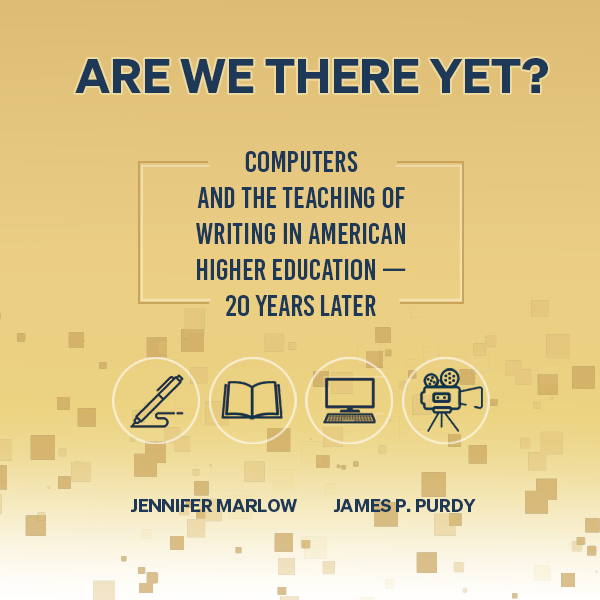
Are We There Yet?
Computers and the Teaching of Writing in American Higher Education–Twenty Years Later
Text Chapters
The Introduction explains what led to this eBook project, identifies our objects of analysis and methods, establishes the project’s limits, provides our research questions, and defines terms important for the eBook.
Chapter 1 explores how computers and writing practitioners defined writing from 1995–2015. It illustrates that members of the (sub)field adopted a capacious definition of writing that includes multiple modes and media and that they determined new forms of writing cannot magically solve old problems.
Chapter 2 turns to the second part of the (sub)field’s moniker, asking how its members defined computer. It considers in what ways the technologies used and studied in the (sub)field changed. It concludes that the (sub)field’s scholarship followed a recognizable arc with each new technology—excitement, critique, and acceptance—and was consistent and rigorous in its attempts to temper techno-utopianist points of view.
Chapter 3 employs machine reading of twenty-one years (1995–2015) of conference programs from the (sub)field’s primary conference, Computers and Writing, to consider which terms are most commonly used in presentation titles, abstracts, and descriptions, as well as what trends in the (sub)field emerge from examining this keyword data. This machine reading supports that attention to both pedagogy and theory persisted from 1995–2015, as did considerations of the cultural aspects of composing. More recent interests include disability studies, play, video games, and coding.
Chapter 4 examines the rise of the digital humanities (DH) and its relationship to computers and writing. This chapter identifies three prevailing responses to DH within the (sub)field, indignance at DH, embrace of DH, and rejection of DH, and argues these responses reflect a tension between process and product that has long concerned humanists. More recent (2013–2015) scholarship suggests that earlier territorial disputes (2009–2011) gave way to more tempered discussions about the importance of interdisciplinarity and collaboration.
The Conclusion looks at computers and writing’s relationship with writing studies, its parent field. Drawing on journal, MLA, and U.S. Department of Education data, it considers to what extent computers and writing achieved its goal to be recognized as its own autonomous discipline. It briefly reviews the period after our history ends (2016–2019) and provides our predictions and recommendations for the future.
Additional Materials
The References lists alphabetically the sources cited in the eBook and links to those published digitally.
Conference Archives provides a searchable repository of programs and award winners from the Computers and Writing Conference from its inception in 1982 to 2019. Awards are listed under the year of the award, not by the year of the conference at which they were presented. (For example, the 2009 Ellen Nold Award is listed under 2009, though it was given to the recipient at the 2010 conference.)
Twittersation is the transcript of a 2014 Twitter conversation among the six teacher-scholars who participated in the MOO (MUD [multi-user domain], object orientated) interaction comprising the final chapter of Hawisher et al.’s (1996) Computers and the Teaching of Writing in American Higher Education,1979-1994.
Keywords allows readers to search for the relative frequencies of terms from our corpus of Computers and Writing Conference programs from 1995–2015.
Interviews provides a list of the teacher-scholars interviewed for Are We There Yet? and compiles links to all of the interview videos and transcripts appearing throughout the eBook.






